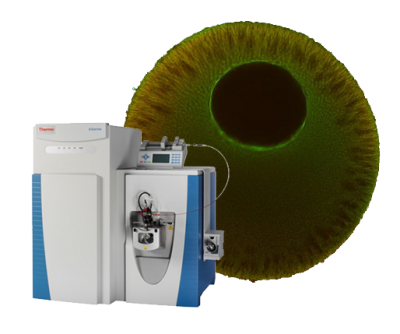Evidence for an upper limit to mitotic spindle length.
Type
Size specification of macromolecular assemblies in the cytoplasm is poorly understood [1]. In principle, assemblies could scale with cell size or use intrinsic mechanisms. For the mitotic spindle, scaling with cell size is expected, because the function of this assembly is to physically move sister chromatids into the center of nascent daughter cells. Eggs of Xenopus laevis are among the largest cells known that cleave completely during cell division. Cell length in this organism changes by two orders of magnitude ( approximately 1200 microm to approximately 12 microm) while it develops from a fertilized egg into a tadpole [2]. We wondered whether, and how, mitotic spindle length and morphology adapt to function at these different length scales. Here, we show that spindle length increases with cell length in small cells, but in very large cells spindle length approaches an upper limit of approximately 60 microm. Further evidence for an upper limit to spindle length comes from an embryonic extract system that recapitulates mitotic spindle assembly in a test tube. We conclude that early mitotic spindle length in Xenopus laevis is uncoupled from cell length, reaching an upper bound determined by mechanisms that are intrinsic to the spindle.

